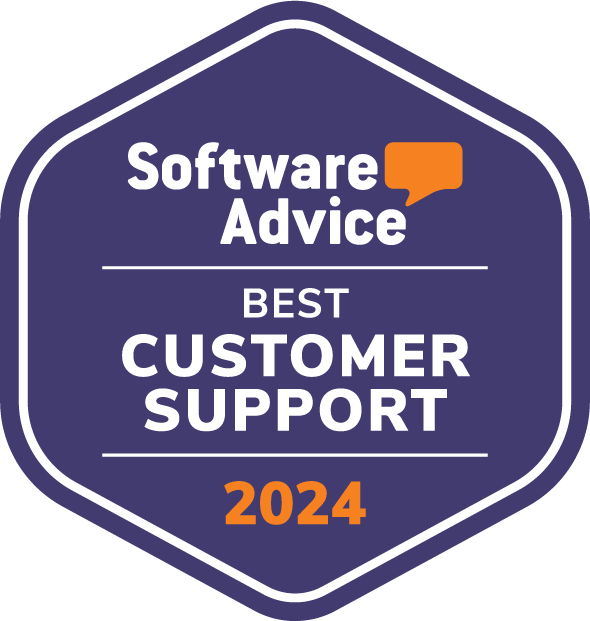When speaking with pricing leaders, a common myth emerges: the assumption that the path to AI-driven pricing means fully outsourcing decisions to a “black box” system that somehow magically spits out the right answers. This approach not only risks eroding internal trust, but also misses the real opportunity: using AI as an augmentation tool that enhances human expertise, increases transparency, and enables an evolutionary journey towards greater sophistication.
1. Is Outsourcing Pricing to a "Black Box" AI Really the Answer?
Much of the hype around AI in pricing paints a picture of fully automated, plug-and-play systems that generate optimal prices in real time. But when pricing becomes a black box, key risks emerge:
- Decisions become opaque, limiting internal trust and adoption.
- Manual steering and oversight become nearly impossible.
- Unexpected market shifts can derail pricing strategies before teams have time to respond.
When pricing leaders treat AI as an outsourced solution, they lose the ability to align pricing logic with broader business strategy—undermining both revenue and customer trust.
2. How Does Augmented Intelligence Empower Pricing Teams?
The key to sustainable pricing success lies in augmentation, not replacement. Augmented intelligence means human and machine working together, blending the analytical power of AI with the contextual awareness, creativity, and intuition of experienced pricing teams.
Key benefits of augmented intelligence include:
- Greater organizational buy-in and acceptance, due to transparency in how pricing decisions are made.
- Higher flexibility to adjust logic manually, especially critical in volatile categories or promotional cycles.
- Clear traceability that builds confidence and ensures compliance with internal governance.
Like this, pricing remains a sustainable proprietary competitive advantage despite getting external and artificial help from a pricing tool.
3. What’s the Smartest Way to Scale AI in Pricing?
When speaking with pricing leaders across retailers and brands, one theme is consistent: success rarely comes from big-bang deployments. The smart teams see pricing as a journey starting with the most promising use cases – e.g., selecting KVIs or seasonal products.
Over time, they evolve:
- Expanding AI-augmented pricing logic to broader assortments.
- Increasing sophistication by layering additional data sources (competitive data, elasticity curves, etc.).
- Extending use cases beyond base pricing to include promotions, markdowns, and assortment optimization.
This evolutionary approach minimizes risk, maximizes learning, and ensures organizational readiness at each step.
4. Why Is Transparency Essential in Modern Pricing?
Transparency is not a luxury; it is a prerequisite for success in modern pricing. Augmented intelligence allows pricing teams to:
- See and adjust the logic behind recommendations.
- Co-develop pricing models that reflect unique brand positioning and category strategies.
- Maintain clear audit trails for every decision, building confidence across commercial, financial, and executive teams.
Charts comparing adoption rates between black box vs. transparent pricing platforms consistently show that transparent, human-in-the-loop systems drive higher long-term ROI and internal user satisfaction.
5. How Does Quicklizard Support Augmented Pricing Strategies?
Quicklizard’s dynamic pricing platform is built to empower human decision-makers. Key capabilities include:
- AI-driven elasticity models with full visibility into underlying data and recommendations.
- Customizable rules engines that allow pricing teams to embed strategic guardrails.
- Seamless integration with competitive data feeds, ensuring the context needed for both automated and manual steering.
- Parallel use of AI-powered, rule-based and mixed pricing strategies catering varying needs and appetites (for change) of different category teams
This approach helps retailers protect margin, respond rapidly to market shifts, and build stronger internal pricing cultures.
6. How Can Retailers Move from Uncertainty to Confident Action?
While the market will continue to evolve at pace, the path to pricing excellence is clear. Retailers must move beyond the myth of the black box and invest in transparent, collaborative solutions that blend human judgment with technological scale. Augmented intelligence is not just the future; it is the pragmatic next step for pricing teams seeking to safeguard margin and market share.









